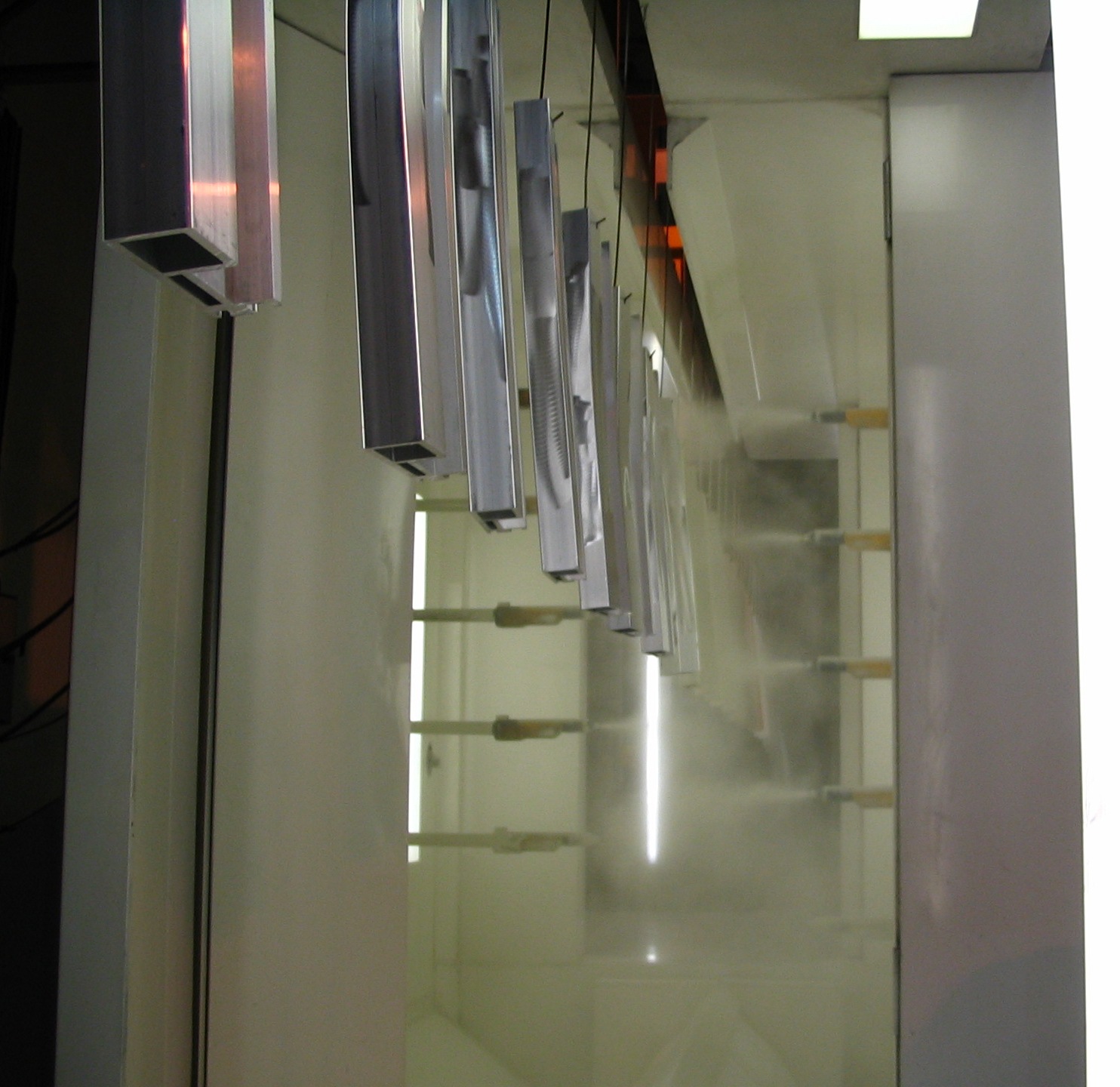Unleashing the power of colors that can withstand the toughest of environments, powder coating on tanks offers more than just a decorative touch-up. With an unparalleled fusion of impeccable style and heavy-duty protection, this innovative coating process has revolutionized the world of industrial tanks. From towering storage silos to compact fuel containers, this article delves deep into the realm of powder coating on tanks, uncovering its myriad benefits, applications, and the artistry behind this transformative technique. Get ready to dive into a world where functionality meets beauty, as we explore the mesmerizing world of powder coating on tanks!
Table of Contents
- The Pros and Cons of Powder Coating on Tanks
- Choosing the Right Powder Coating for Tank Applications
- Key Considerations for Preparing Tanks for Powder Coating
- Best Practices for Achieving a Durable Powder Coating Finish on Tanks
- Q&A
- In Conclusion
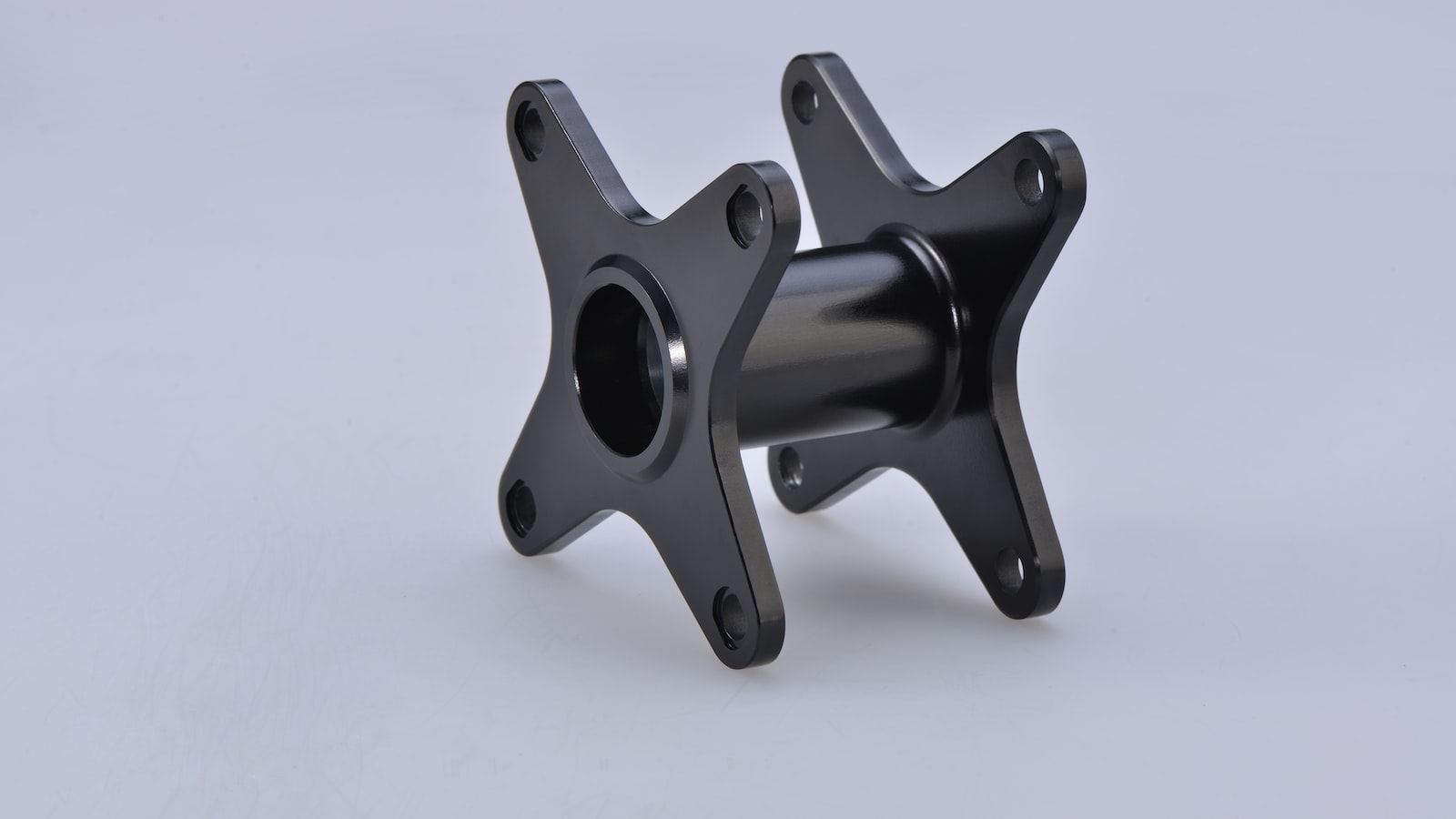
The Pros and Cons of Powder Coating on Tanks
In the world of tank coatings, powder coating has gained significant attention. It is considered a futuristic alternative to traditional liquid coatings due to its unique attributes. However, as with any technique, there are both advantages and disadvantages to consider when it comes to powder coating tanks.
- Pros:
- Durability: Powder coating offers exceptional durability, making it highly resistant to chips, scratches, and abrasions compared to liquid coatings. This extends the life of the tank and reduces maintenance needs.
- Environmental Friendliness: Powder coating is an eco-friendly option as it produces no volatile organic compounds (VOCs) during the application process. It removes the need for solvents and reduces harmful emissions into the environment.
- Versatility: Powder coatings can be applied to various tank materials, such as steel, aluminum, or fiberglass, expanding its flexibility and potential applications.
- Appearance: The powder coating process delivers a smooth and consistent finish, enabling tanks to have a visually appealing and professional look. It offers a wide range of colors, textures, and finishes to suit different design preferences.
- Cons:
- Upfront Investment: The equipment and setup costs associated with powder coating tanks can be higher compared to traditional liquid coatings. This can be a significant initial investment for manufacturers or businesses considering the switch.
- Thicker Coating: Powder coatings tend to create a thicker layer than liquid coatings. While this can provide enhanced protection, it may affect the internal volume capacity of the tank, limiting its usable space.
- Complex Application Process: Powder coating requires expertise and specialized equipment for proper application. Any errors in the pre-treatment or coating process can lead to quality issues and compromise the coating’s performance.
Understanding is vital in determining whether it is the right choice for your specific needs. Evaluating factors such as durability, environmental impact, initial investment, and desired aesthetics will guide you in making an informed decision for coating your tanks.
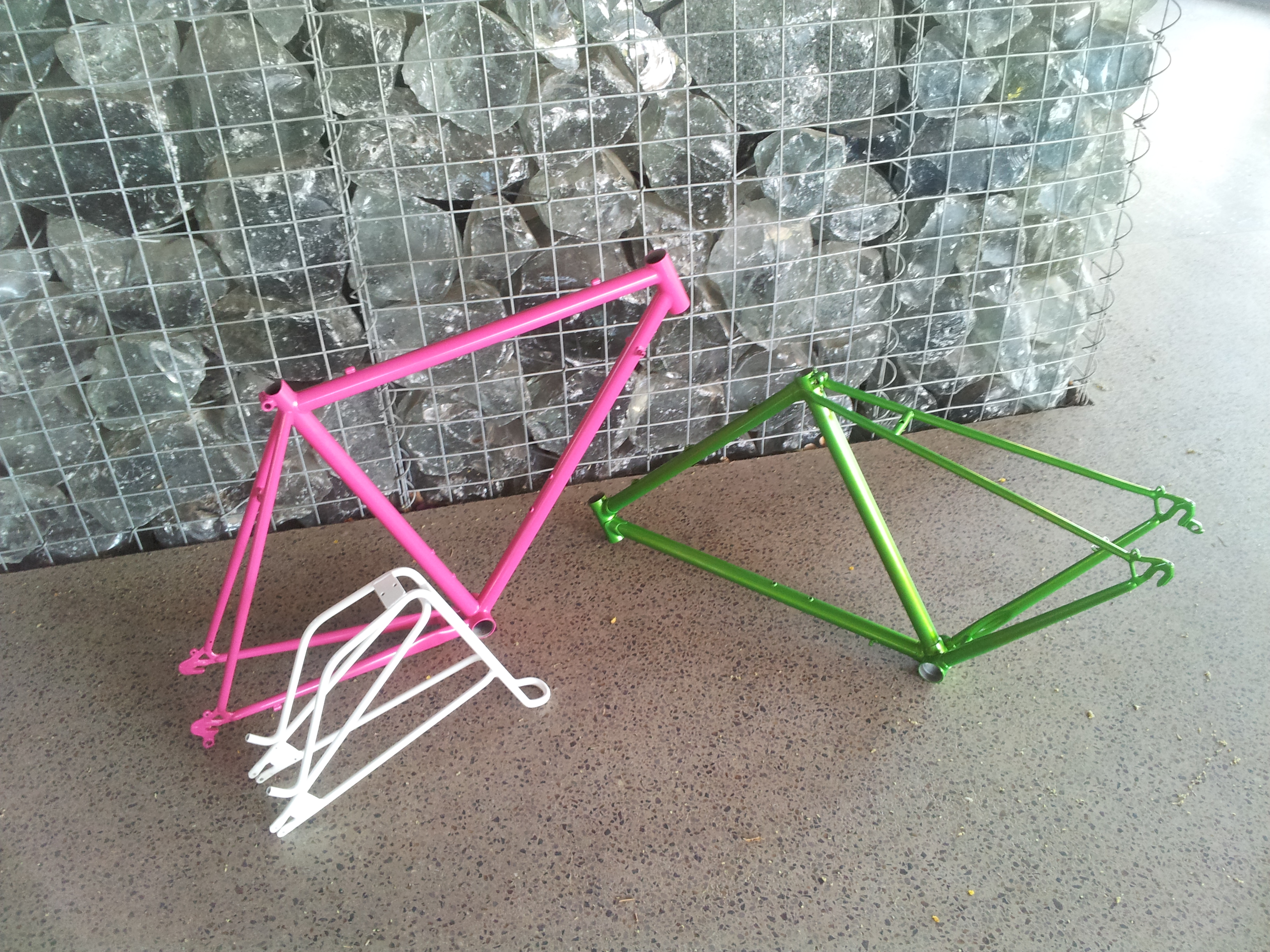
Choosing the Right Powder Coating for Tank Applications
Choosing the Perfect Powder Coating for Tank Applications
When it comes to tank applications, selecting the most suitable powder coating can make all the difference in ensuring durability and performance. With numerous options available, it’s essential to consider several factors before making a decision. Here are some key aspects to ponder:
1. Chemical Resistance: Tank applications often involve contact with various chemicals. Therefore, opt for a powder coating that exhibits excellent resistance against corrosive substances. Look for coatings specifically formulated to withstand the chemicals commonly used in your industry.
2. Impact and Abrasion Resistance: Tanks are often subject to rough handling, which can lead to scratches and dents. Consider powder coatings that offer high impact and abrasion resistance to maintain the tank’s appearance and extend its lifespan.
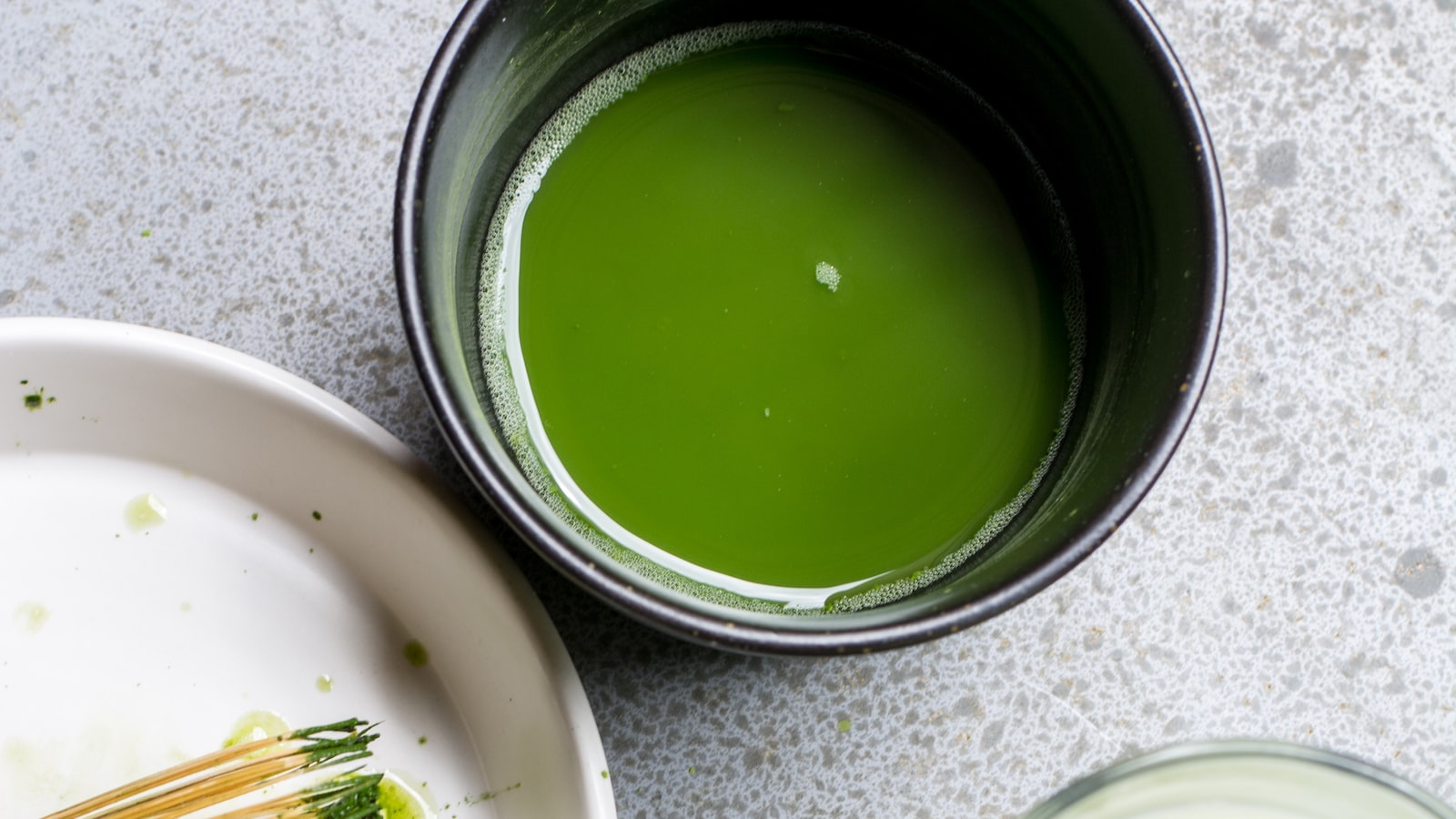
Key Considerations for Preparing Tanks for Powder Coating
When it comes to powder coating tanks, thorough preparation is crucial to ensure a flawless and durable finish. To make the most out of your powder coating process, keep these key considerations in mind:
- Cleanliness: The first step in tank preparation is to enforce impeccable cleanliness. Thoroughly remove any dirt, grease, or oils from the tank’s surface. This can be achieved by using a high-quality degreaser and a clean cloth or sponge. Remember, any remnants of contaminants may compromise the adherence and quality of the powder coat.
- Surface Preparation: Achieving an ideal surface profile is essential for the powder coating process. To ensure proper adhesion, consider sand or bead blasting the tank’s exterior. This mechanical abrasion technique will create a uniformly textured surface, allowing the powder to cling better. Additionally, be mindful of any existing imperfections such as dents or scratches, as they should be repaired or filled before coating.
- Proper Masking: Depending on your design specifications, certain parts of the tank may need to be protected from the powder coating. Utilizing effective masking techniques, such as high-temperature tape or custom masks, prevents unwanted powder coating in specific areas. Pay close attention to critical components, valves, or openings that require functionality post-coating.
By following these key considerations, you’ll be well on your way to achieving a flawless powder coating finish for your tanks. Remember that careful attention to cleanliness, surface preparation, and proper masking will ultimately result in a long-lasting, visually striking coating that meets your project requirements.
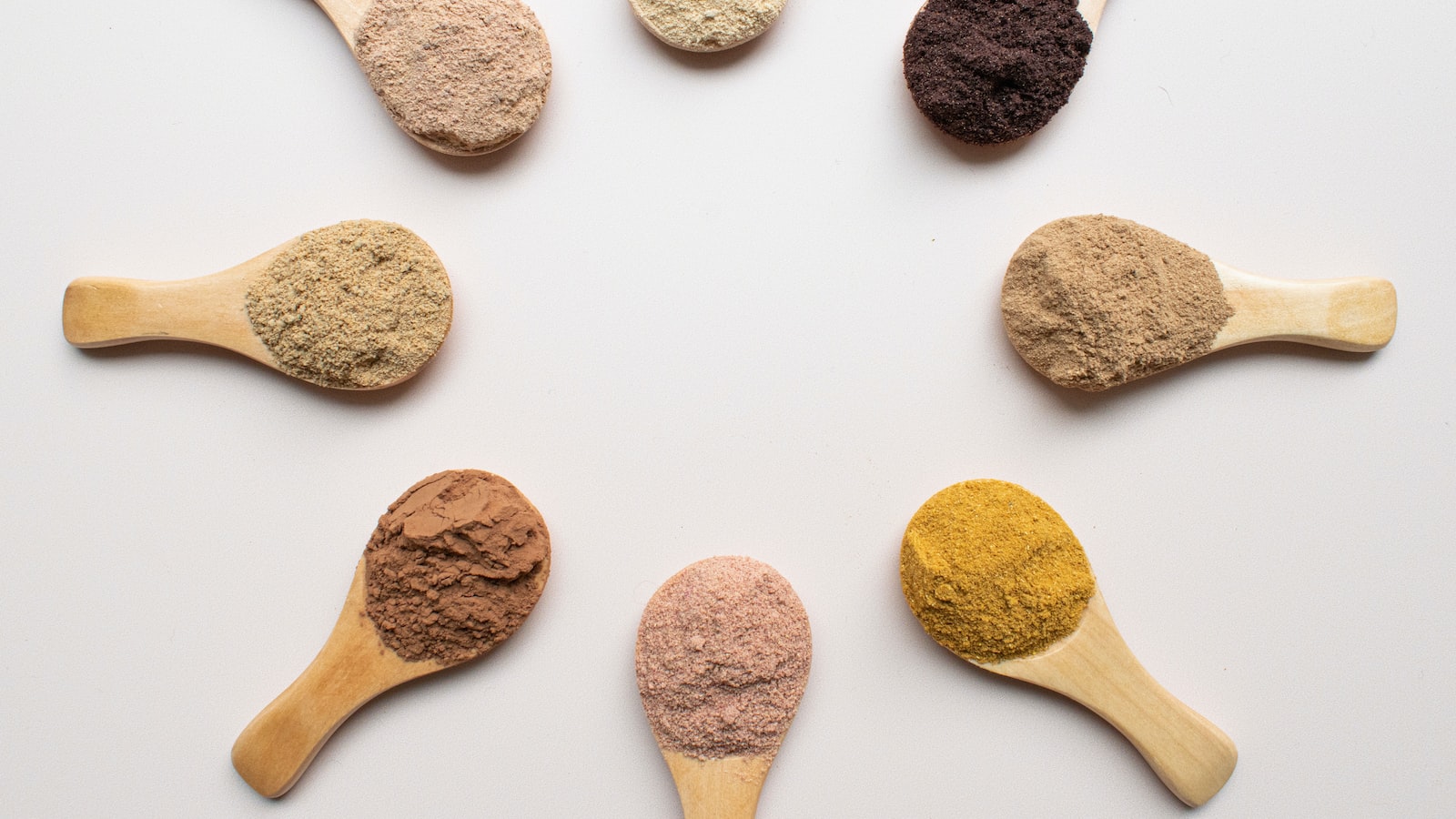
Best Practices for Achieving a Durable Powder Coating Finish on Tanks
Best Practices for Achieving a Long-lasting Powder Coating Finish on Tanks
When it comes to powder coating tanks, durability and longevity are key. To ensure your tanks are coated with a finish that stands the test of time, consider these best practices:
1. Surface preparation is paramount: Before applying the powder coating, it is crucial to properly prepare the tank’s surface. This includes thorough cleaning to remove any grease, oil, or contaminants that may hinder adhesion. Additionally, rust or scale should be removed, and any sharp edges or rough spots should be smoothed out to create an ideal surface for powder coating application. Taking the time to meticulously prepare the tank’s surface will result in a more durable finish.
2. Proper application technique: Achieving a durable powder coating finish is not only about surface preparation but also about employing the correct application technique. Here are some key points to consider:
- Ensure the powder coating is applied evenly and in the recommended thickness to avoid weak or thin spots that may lead to premature peeling or chipping.
- Utilize a consistent and appropriate curing time and temperature to ensure the powder coating adheres well and provides excellent resistance to chemicals, UV rays, and general wear and tear.
- Consider applying multiple layers of powder coating, especially on high impact or wear-prone areas, to reinforce the durability of the finish.
By following these best practices, you can enhance the durability of your tank’s powder coating finish, providing it with protection against corrosion, abrasion, and other environmental factors. Remember, careful surface preparation and meticulous application techniques are the cornerstones of achieving a lasting and reliable powder coating finish on tanks.
Q&A
Q: What exactly is powder coating?
A: Powder coating is a dry finishing process that applies fine particles of color pigment and resin to a surface. These particles are electrostatically charged and then sprayed onto the object, creating a durable and aesthetically pleasing coating.
Q: Why are tanks a suitable candidate for powder coating?
A: Tanks, whether industrial or commercial, are often subjected to harsh environments and materials. Powder coating provides an exceptional level of protection against corrosion, impact, and wear. Tanks coated with this method offer longevity, maintaining their quality and appearance for an extended period.
Q: How does the powder coating process work on tanks?
A: To powder coat a tank, a decorative or protective powder is sprayed onto the surface through an electrostatic process. The powder particles adhere to the tank’s surface, creating a uniform coating. The tank is then heated at a specific temperature, allowing the particles to melt, flow, and cure, bonding to form a durable finish.
Q: What are the advantages of powder coating on tanks?
A: Powder coating offers numerous advantages for tanks. It provides excellent resistance against corrosion, chemicals, UV rays, and even graffiti. The coated tanks have increased durability, which can withstand the harshest environments. Additionally, the process offers an extensive color range, allowing customization and the ability to match any specific aesthetic requirements.
Q: Are there any environmental benefits to powder coating tanks?
A: Yes, powder coating is considered environmentally friendly compared to traditional liquid-based coatings. Unlike liquid coatings, powder coatings do not contain solvents that release harmful volatile organic compounds (VOCs) into the atmosphere. Additionally, the powder overspray can be reused, minimizing waste and reducing environmental impact.
Q: Can powder coating be applied to tanks of all sizes and materials?
A: Powder coating is a versatile method and can be applied to tanks of various sizes, shapes, and materials. Whether your tank is made of steel, aluminum, or even composite materials, powder coating can provide a reliable and long-lasting protective coating.
Q: Can powder-coated tanks be easily repaired?
A: In the event of damage to a powder-coated tank, repairs are generally straightforward. Unlike traditional coatings, powder coatings can be locally repaired without requiring full recoating of the entire tank. This saves time, effort, and costs, making maintenance and repairs more convenient.
Q: Are there any limitations or considerations when using powder coating on tanks?
A: While powder coating provides many benefits, there are a few limitations to consider. Tanks with complex interior surfaces may need additional processes to ensure proper coverage. Additionally, powder coatings generally cannot be applied to extremely high-temperature surfaces as they may exceed the powder’s heat resistance. However, with proper planning and consideration, these limitations can be overcome by using alternative coatings or methods.
Q: How long can a powder-coated tank last?
A: The durability of a powder-coated tank depends on various factors, including the quality of the coating and its maintenance. However, with proper application and regular maintenance, powder-coated tanks can last up to 20 years or more. This longevity makes them a cost-effective choice in the long run.
Q: Are there any other applications for powder coating apart from tanks?
A: Absolutely, powder coating is widely used across numerous industries. It is commonly employed on automotive parts, appliances, architectural elements, furniture, bicycles, and even outdoor equipment. The versatility and durability of powder coating make it a popular choice for many applications beyond tanks.
Future Outlook
As we close the lid on this article, we invite you to step back and appreciate the remarkable world of powder coating on tanks. From unleashing vibrant colors to providing a robust shield against the forces of nature, this fascinating technique has revolutionized the way we view and protect these industrious vessels.
With the delicate touch of skilled artisans, powder coating transforms mere tanks into dazzling canvases, breathing life and character into their once monotonous exteriors. The possibilities are endless, with a palette that spans the spectrum of the rainbow, allowing each tank to tell its own unique story.
But beneath the breathtaking aesthetics lies a formidable defense: a shield against rust, corrosion, and the relentless impact of time. Like a guardian angel, the powder coating embraces tanks, safeguarding them from the harsh elements that threaten their longevity. And as each layer is carefully applied, we witness the birth of a powerful alliance between functionality and beauty.
In the realm of tanks, where strength and resilience are paramount, powder coating has emerged as a game-changer. It is the alchemist’s touch that transcends boundaries, seamlessly blending style and substance to create works of art that endure the test of time.
So, whether these tanks roam the expanses of industrious plants or stand tall, silently watching over urban landscapes, let us not forget the craftsmanship and innovation behind their impeccable finishes. Powder coating has left an indelible mark on these hulking giants, elevating them to new heights and reminding us that there is beauty in even the most utilitarian of objects.
And with that, we bid adieu to this exploration of powder coating on tanks, urging you to appreciate the artistry that coats our world in hues of endurance and resilience. As you encounter these mighty behemoths in your everyday life, take a moment to admire the beauty that lies beyond the surface – a beauty that echoes the power within these tanks, silently reminding us of the countless stories they hold.
